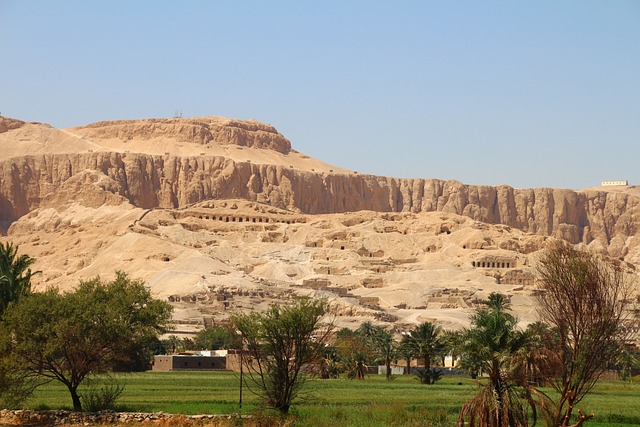Touching the past
It’s 100 years this November since Egyptologist Howard Carter found King Tutankhamun’s c.3,300 year old tomb beneath the sands of the Valley of the Kings. An elderly man I met by chance, in my youth, once told me about his old friend Carter taking him to see the tomb soon after its discovery. Elements from this half-forgotten bar-room tale, teased out, and rinsed through various Egyptian myths, resurfaced years later within the weave of my novel Felix Unbound.
Just listening to first-hand claims like his one, can deliver a magical sense of proximity to a pivotal moment in the past even before – or without – reaching the ancient site yourself.
When you do get there, dusted with these extra traces of ‘live’ memory that someone’s spoken directly to you, even the ancient past can feel surprisingly nearer. It may be a mirage, but powerful.
First-hand stories about the heroes – and anti-heroes – of even the recent past can have similar effects.
Amongst other recollections, one that sets me thinking about how spoken stories cut directly through the passage of time, is of very-aged great-great aunt telling my childhood self that – when little – she saw Queen Victoria, on a voyage along the Caledonian Canal. That canal trip was in 1873, according to old newspaper reports. So if one day I tell my own tiny great-niece my recall of this aunt’s story, the ‘memory’ is still only shared at second-hand, even though almost 150 years have already passed since the event itself, and the latest young recipient is a clear 5 generations away from the original narrator. How neat is that?
No wonder people say old legends may well be freighted with truths, and that it only takes about 20 old men – or women – each re-telling a story, to link us directly with 2,000+ year old events dating to the time of Christ, for instance. Or fewer, if each were to live a full Biblical span to age 70, and at 65 tell a grandchild about an event, who at 65 retells it to their own grandchild, and so on. That scenario only needs the equivalent of 15 or 16 repetitions of a tale, to span a 2,022 year period; and a minimum of 25 or so story-tellings might deliver us straight into the courts of Tutankhamen and his parents. However, life and story-telling being what they are, variations will creep in for dramatic effect, in spoken and written-down iterations; and truth and fiction soon flex and blend.
All this month, we can turn to the written word to re-live Carter’s experiences of a mere 100 years ago, from the first sudden uncovering of stone steps leading under the sand, to finding the sealed doors of a 3,300 year-old tomb, and the moment on 25th November 1922 when Carter pierces a hole to peer through, and first glimpses the “wonderful things” that continue to yield discoveries to modern Egyptologists studying them.
We can also step back inside Sir Howard’s own house, in Luxor, newly-restored and opened to the public on 4th November, 2022; while a fresh doorway has opened deep into far-off Tutenankhamun’s life, in the aural and visual form of a new opera exploring the events surrounding his turbulent early years.
Penned by today’s leading Egyptologist, Zahi Hawass and with a score by a young Italian composer Lino Zamboni, Tutankhamun Opera, was destined to be premiered outside the ancient Temple of Hatshepsut on 5th November 2022.
How very much my fictional character, opera set designer Ozzy – steeped in the past and outwardly busy creating sets towards a production of (actual) composer Philip Glass’s opera Akhenaten about Tutankhamun’s doomed father – would have been intrigued to design for this new one.
I can picture him now, listening, sketching ideas, preparing the timeless ground.

